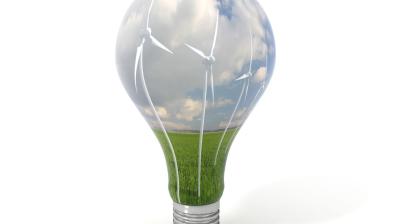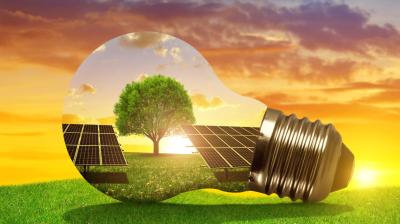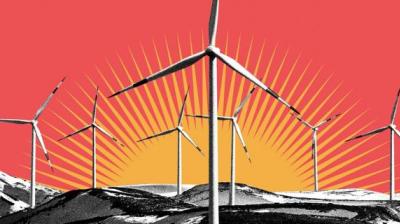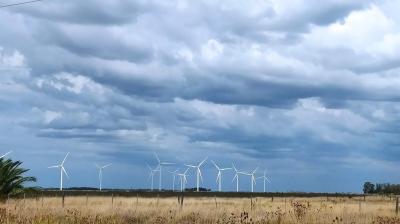Climate change puts energy security at risk
The supply of electricity from clean energy sources must double within the next eight years to limit global temperature increase. Otherwise, there is a risk that climate change, more extreme weather and water stress will undermine our energy security and even jeopardize renewable energy supplies, according to a new multi-agency report from the World Meteorological Organization (WMO).
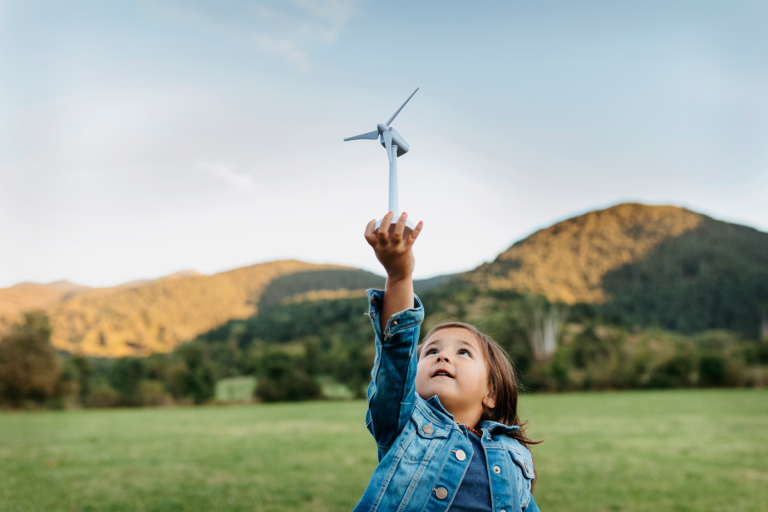
The supply of electricity from clean energy sources must double within the next eight years to limit global temperature increase. Otherwise, there is a risk that climate change, more extreme weather and water stress will undermine our energy security and even jeopardize renewable energy supplies, according to a new multi-agency report from the World Meteorological Organization (WMO).
WMO’s State of Climate Services annual report, which includes inputs from 26 different organizations, focuses on energy this year because it holds the key to international agreements on sustainable development and climate change and, indeed, to the planet's health.
“The energy sector is the source of around three-quarters of global greenhouse gas emissions. Switching to clean forms of energy generation, such as solar, wind and hydropower – and improving energy efficiency – is vital if we are to thrive in the twenty-first century. Net zero by 2050 is the aim. But we will only get there if we double the supply of low-emissions electricity within the next eight years,” said WMO Secretary-General Prof Petteri Taalas.
“Time is not on our side, and our climate is changing before our eyes. We need a complete transformation of the global energy system,” says Prof. Taalas.
Access to reliable weather, water and climate information and services will be increasingly important to strengthen the resilience of energy infrastructure and meet rising demand (an increase of 30% in the past ten years).
The 2022 State of Climate Services: Energy report has plenty of good news. It highlights the huge opportunities for green powered grids to help tackle climate change, improve air quality, conserve water resources, protect the environment, create jobs and safeguard a better future for us all.
The report includes practical case studies.
- Early weather warnings are safeguarding energy supply in Beijing, China.
- Climate stress tests are ensuring electricity is suitably distributed in the Italian Dolomites.
- Warning systems in Tajikistan are providing advance notice of dry conditions for hydropower operations planning.
- Localized wind-resource information is aiding wind industry decision-making;
- Solar radiation measurements are supporting the placement of solar panels on noise barriers in Germany.
By 2050, global electricity needs- which will be increasing over the years being electrification a strategic lever to tackle Net Zero goals - will mainly be met with renewable energy, with solar the single largest supply source. African countries have an opportunity to seize untapped potential and be major players in the market. Africa is home to 60% of the best solar resources globally, yet with only 1% of installed photovoltaic capacity.
”We urgently need to respond to the growing impact of climate change on energy systems if we are to maintain energy security while accelerating the transition to net-zero. This requires long-term planning and bold policy action to spur investment, which in turn needs to be underpinned by comprehensive and reliable weather and climate data,” says Dr Fatih Birol, International Energy Agency Executive Director.
“Now is the time to accelerate the transition to a renewable energy future. Anything short of radical and immediate action will ultimately eliminate the chance of staying on the 1.5°C path. The intertwined energy and climate crises have dramatically exposed the weaknesses and vulnerabilities of an economic system heavily reliant on fossil fuels. Advancing the transition to renewables is a strategic choice to bring affordable energy, jobs, economic growth and a resilient environment to the people and communities on the ground,” said Francesco La Camera, IRENA’s Director-General.
More can and must be done. According to UN Secretary-General Antonio Guterres, bold climate action could deliver US$26 trillion in economic benefits by 2030. And yet, investment in renewable energy is much too low, especially in developing countries and too little attention is paid to the importance of climate services for energy to support both climate adaptation and decisions on how to reduce greenhouse gases.
WMO has issued annual reports on the state of climate services since 2019 in response to a UN request for more information on adaptation needs of countries. This year’s edition includes input from more partners than ever before. They include the International Energy Agency (IEA), International Atomic Energy Agency (IAEA), International Renewable Energy Agency (IRENA), Sustainable Energy for All (SE4ALL), UN Energy, ENEL Foundation, Adaptation Fund, Green Climate Fund (GCF), Global Environment Facility (GEF), the Copernicus Climate Change Service (C3S) and others, including private sector and civil society organizations.
“The Adaptation Fund is pleased to be a founding partner and contributor to this valuable report. The energy sector is crucial in helping curb emissions that cause climate change – at the same time, energy production itself needs to adapt to the climate impacts that are already taking place and accelerating. The Adaptation Fund funds projects that are based on the adaptation priorities of vulnerable developing countries, and we have been pleased to see an increasing number of country-driven activities that address the specific adaptation needs of the energy sector at different scales,” says Mikko Ollikainen, Head of the Adaptation Fund.
The report will be launched at a high-level event on 11 October and will also be presented to the World Energy Council summit on 13 October in Scotland. It is accompanied by an interactive digital story map.






